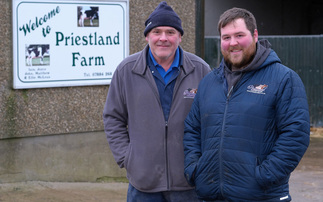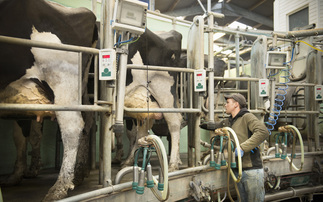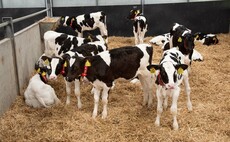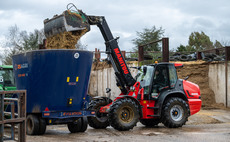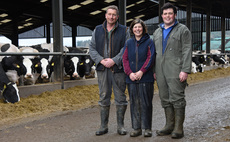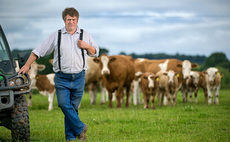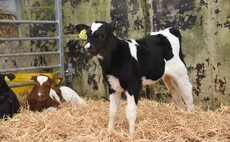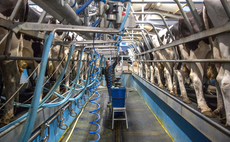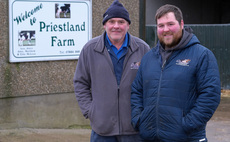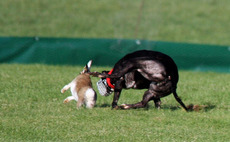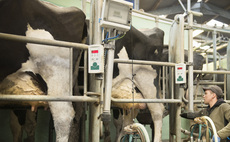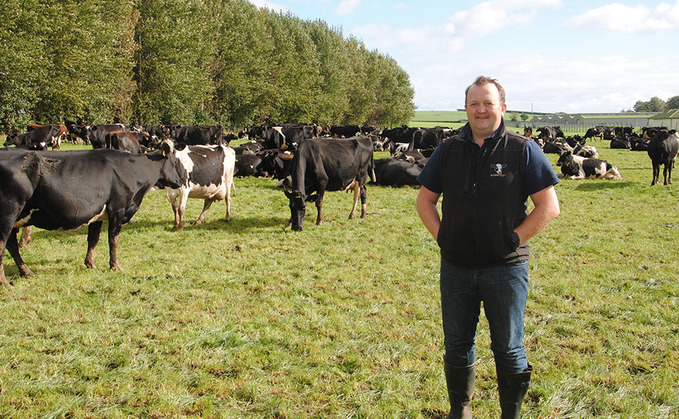
It is time to rethink herbicide timings and prioritise an autumn application when weed control could be more effective than in spring.
Farmers could make big gains in grassland performance by carrying out much of their weed control in the autumn, instead of the spring, says Nufarm's Brent Gibbon.
A survey conducted by Nufarm of 200 livestock farmers carried out in 2019 found that half of farmers were not aware of the benefits of an autumn application, while only a third considered controlling weeds in late summer.
Mr Gibbon believes this highlights huge scope for producers to improve their weed control strategy.
"Most farmers think about weed control in the spring, but it's not necessarily the right time of year," he says.
"In the spring, soils can be cold so you haven't got much active growth.
That's particularly the case in April when a lot of herbicide is applied.
Soils can be cold or even frosty, so weeds are not growing and actively taking up product." He thinks this could be the reason why some farmers do not see the results they expect after a spring application.
In comparison, soils are warmer in the autumn, meaning plants are actively growing, which aids uptake of herbicide and translocation down to the roots.
Case Study: James Muir
James Muir views autumn spraying as an essential component of his overall weed control strategy, which spans the whole growing season.
It is a job he and his team take extremely seriously in light of their grass-focused, spring block calving system.
"I think of weed control constantly from April - it is an ongoing battle," says Mr Muir.
"Grass is 100% of our business.
The enemy is weeds." The Mule always has a ready made-up backpack sprayer in the back, together with a shovel.
Every time cows are moved out of a paddock, docks and nettles are sprayed under the fence lines and along the hedge.
The shovel is brought out to tackle any big, problem weeds.
When there is a surplus of grass, any fields with weed problems will be taken out for spraying and then cut or grazed following the withdrawal period.
Most of the weed control takes place in April-June, but Mr Muir is also keen to spray in the autumn, when herbicide uptake is good.
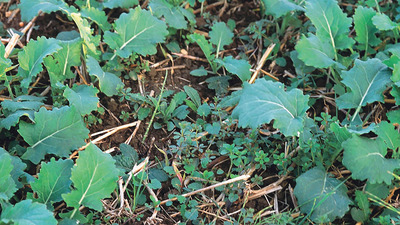
An autumn application is also more convenient as the team is less busy than during the main silage making season.
This autumn, a contractor was brought in to spray 30 hectares (74 acres) of the farm in late August.
This was largely to control broadleaf docks.
A greater area than usual was sprayed in 2019 as a hangover from 2018 when the drought prevented effective weed control.
Autumn application is ideal because:
- 1. Timing is perfect
Perennial weeds are at the ideal, leafy rosette stage following second or third cut. This is the optimum time for herbicide uptake.
- 2. Weeds are not trying to put up a seed head
In the autumn, weeds are not trying to put up a seed head, so the sap is going down into the root, rather than up into the seed head. As a result, you've got good downward translocation of the herbicide, which should provide good control.
- 3. Cutting intervals are not a concern
There are likely to be no concerns about cutting interval in the autumn and, if necessary, there's likely to be more alternative grazing available at this time.
The fact you have controlled weeds in the autumn also means you do not have to worry about it in the spring and you can get on and graze immediately.
- 4. It suits multi-cut systems
On systems aiming to take an early first cut of silage, or adopting rotational grazing or multi-cut systems, late summer could be the first opportunity for weed control. Most products can be used up until the end of September. Squire Ultra can be applied until October 15.
- 5. Weed competition is less
The chances of weed competition in early spring will be minimised. As a result, potential grazing dry matter will be maximised. This will help deliver cost savings in supplementary feed the following spring.
For the best level of dock and chickweed control in both autumn and spring, Mr Gibbon recommends an application of Thrust (2,4-D plus dicamba) on established grassland.












